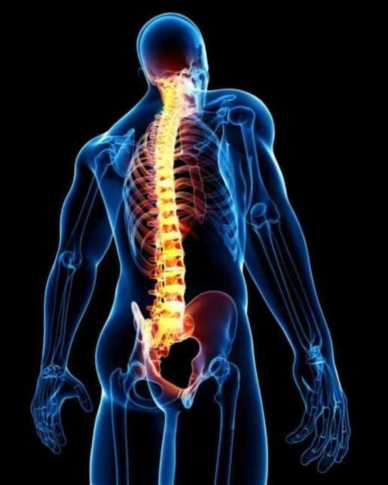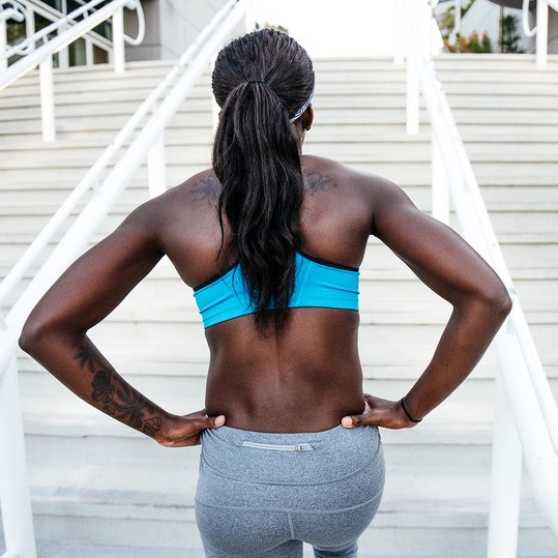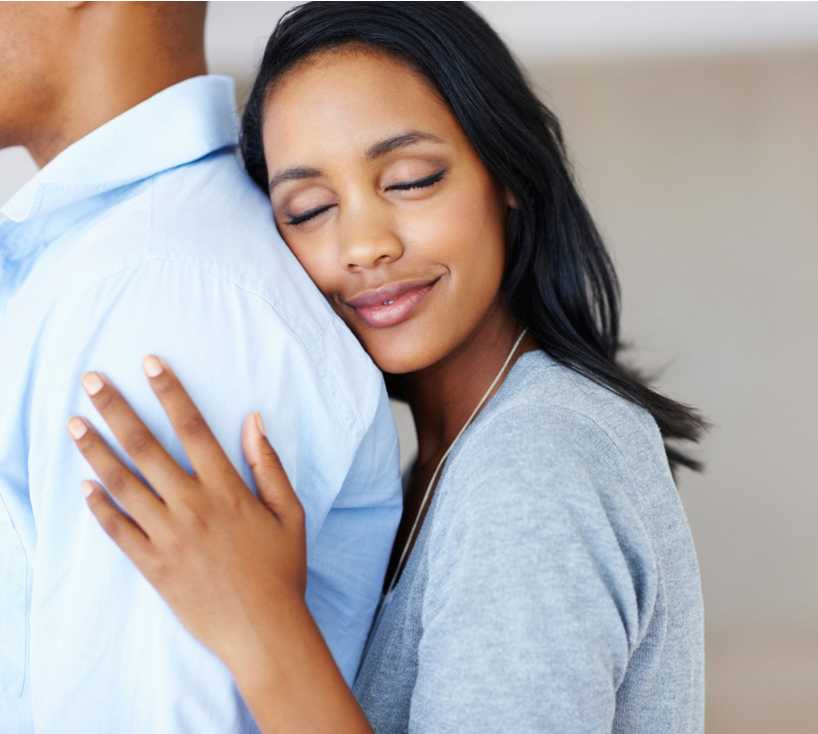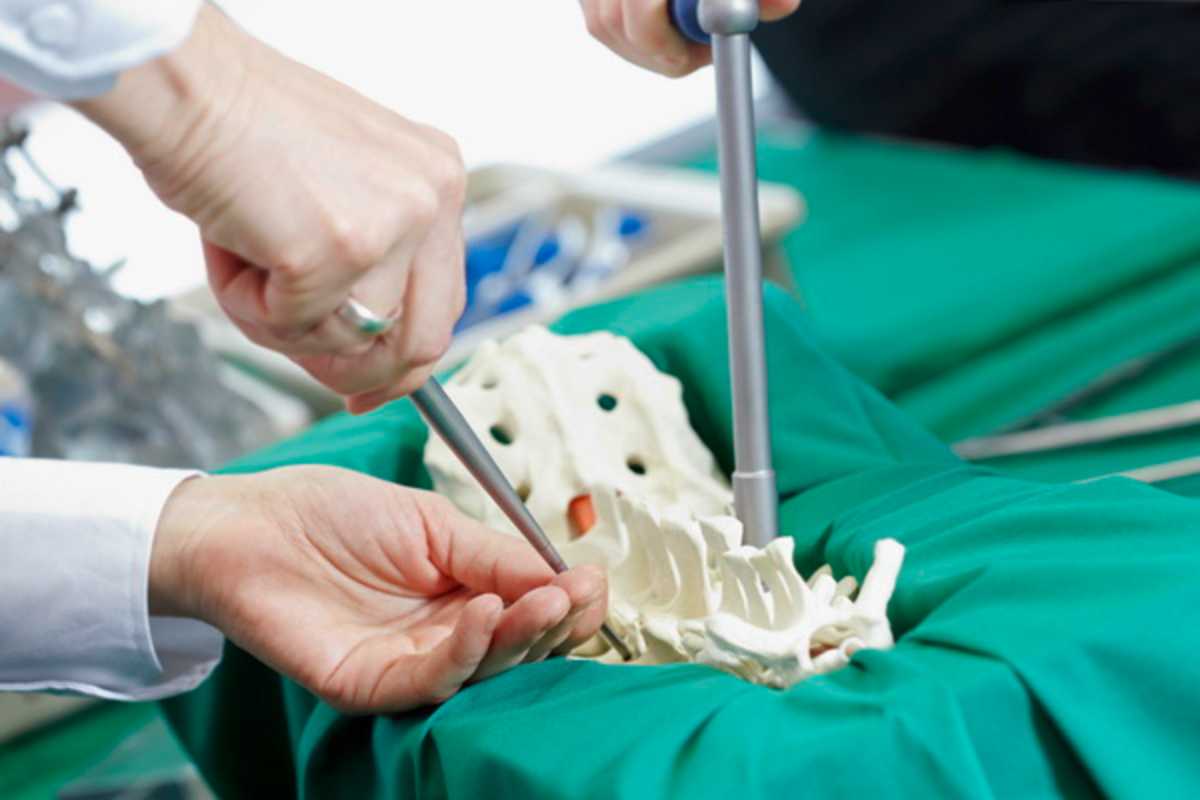Do you require any assistance? Simply reserve your appointment online below
Spinal Stenosis
World Class Treatment for you
Spinal stenosis describes narrowing inside your spinal canal and mainly occurs from a combination of aging and degenerative changes in your spine.
Wear and tear on the parts of your spine can cause discs to bulge, spine ligaments to thicken, and joints near your spinal canal to become enlarged.
These can take up space inside your spinal canal and put pressure on your spinal nerves.
Changes like these mostly affect people over 60 years of age.
However, spinal stenosis also occurs in younger people who have abnormally small spinal canals from birth.
Spinal stenosis usually causes back pain and leg pain that comes and goes with activities, such as walking.

Causes of Spinal stenosis

Herniated discs. If the cushions are cracked, material can seep out and press on your spinal cord or nerves
Injuries. An accident may fracture or inflame part of your spine.
Tumors. If cancerous growths touch the spinal cord, you may get stenosis.
Paget’s disease. With this condition, your bones grow abnormally large and brittle. The result is a narrowing of the spinal canal and nerve problems.
Thickened ligaments. Cords that help hold the bones of your spine together can become stiff and thickened over time which can bulge into the spinal canal.
Overgrowth of bone. Wear and tear damage from osteoarthritis on your spinal bones can prompt the formation of bone spurs, which can grow into the spinal canal.
Spine defects present at birth
A naturally narrow spinal cord
Symptoms of spinal Stenosis
>Sciatica. These shooting pains down your leg start as an ache in the lower back or buttocks.
Foot drop. Painful leg weakness may cause you to “slap” your foot on the ground.
A hard time standing or walking. When you’re upright, it tends to compress the vertebrae, causing pain.
Loss of bladder or bowel control. In extreme cases, it weakens the nerves to the bladder or bowel.
Numbness, weakness, cramping, or pain in your arms or legs
Foot problems
Population at Risk
Most people with spinal stenosis are over the age of 50. Though degenerative changes can cause spinal stenosis in younger people, other causes need to be considered.
These include trauma, congenital spinal deformity such as scoliosis, and a genetic disease affecting bone and muscle development throughout the body.
Many people with spinal stenosis lead full lives and remain active. However, they may need to make modifications to their physical activity. Many people have residual pain after treatment or surgery.

Treatment of Spinal Stenosis

Medications.Pain relievers. Pain medications such as ibuprofen, naproxen and acetaminophen may be used temporarily to ease the discomfort of spinal stenosis.
- Antidepressants. Nightly doses of tricyclic antidepressants, such as amitriptyline, can help ease chronic pain.
- Anti-seizure drugs. I.E gabapentin (Neurontin) and pregabalin (Lyrica), are used to reduce pain caused by damaged nerves.
- Opioids. Drugs that contain codeine-related drugs such as oxycodone and hydrocodone may be useful for short-term pain relief.
Physical therapy. A physical therapist can teach you exercises that may help: Build up your strength and endurance, Maintain the flexibility and stability of your spine and Improve your balance
Steroid injections. While injecting a steroid medication (corticosteroid) into the space around impingement won’t fix the stenosis, it can help reduce the inflammation and relieve some of the pain.
Decompression procedure. With this procedure, needle-like instruments are used to remove a portion of a thickened ligament in the back of the spinal column to increase spinal canal space and remove nerve root impingement.
Only patients with lumbar spinal stenosis and a thickened ligament are eligible for this type of decompression.

You are in Great Hands
Surgical Treatment of spinal stenosis
Surgery may be considered if other treatments haven’t helped or if you’re disabled by your symptoms. The goals of surgery include relieving the pressure on your spinal cord or nerve roots by creating more space within the spinal canal. Surgery to decompress the area of stenosis is the most definitive way to try to resolve symptoms of spinal stenosis.
Examples of surgical procedures to treat spinal stenosis include:

Laminectomy. This procedure removes the back part of the affected vertebra. A laminectomy is sometimes called decompression surgery because it eases the pressure on the nerves by creating more space around them.
In some cases, that vertebra may need to be linked to adjoining vertebrae with metal hardware and a bone graft (spinal fusion) to maintain the spine’s strength.
Laminotomy. This procedure removes only a portion of the lamina, typically carving a hole just big enough to relieve the pressure in a particular spot.
Laminoplasty. This procedure is performed only on the vertebrae in the neck (cervical spine). It opens up the space within the spinal canal by creating a hinge on the lamina. Metal hardware bridges the gap in the opened section of the spine.
Minimally invasive surgery. This approach to surgery removes bone or lamina in a way that reduces the damage to nearby healthy tissue. This results in less need to do fusions.
While fusions are a useful way to stabilize the spine and reduce pain, by avoiding them you can reduce potential risks, such as post-surgical pain and inflammation and disease in nearby sections of the spine.

